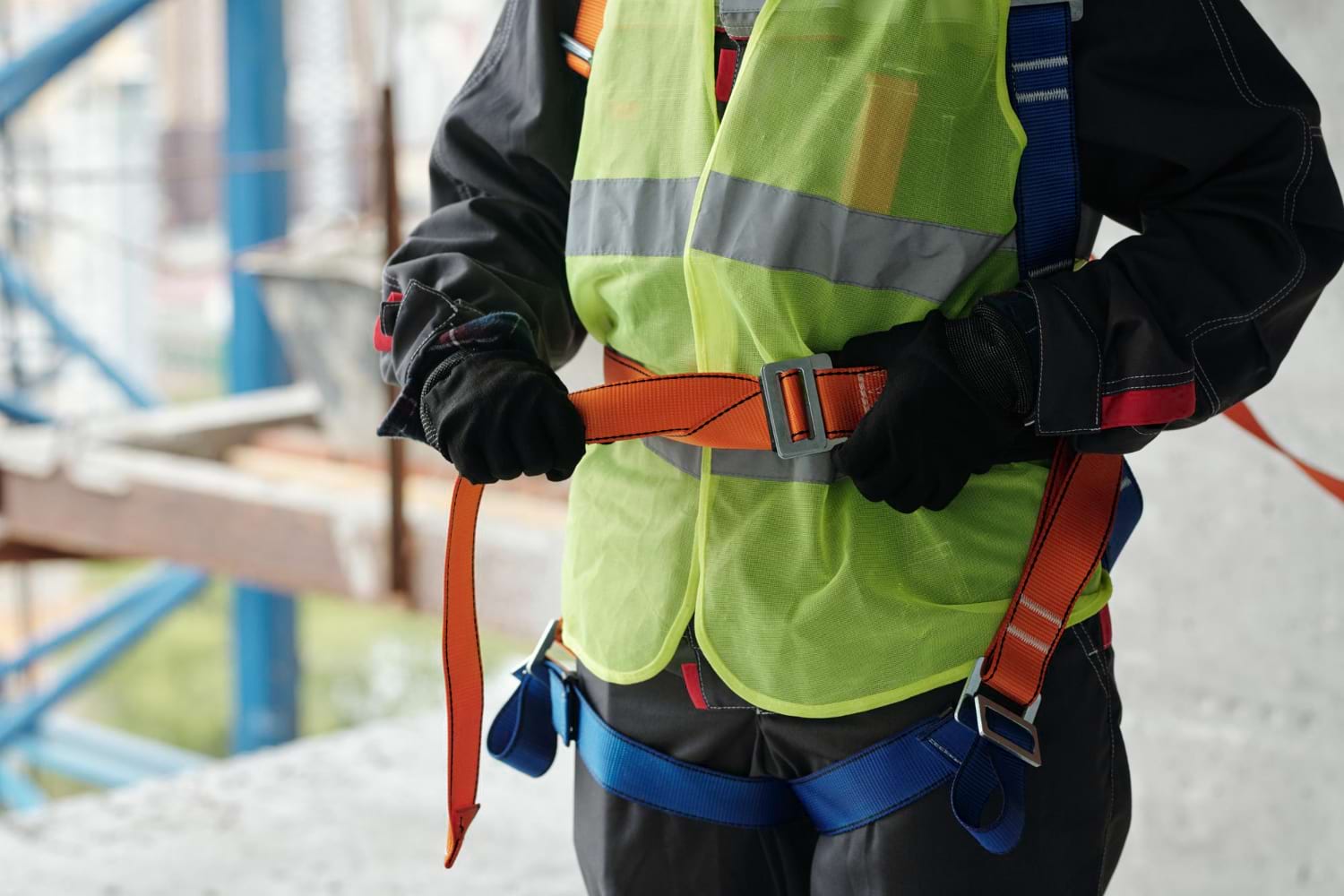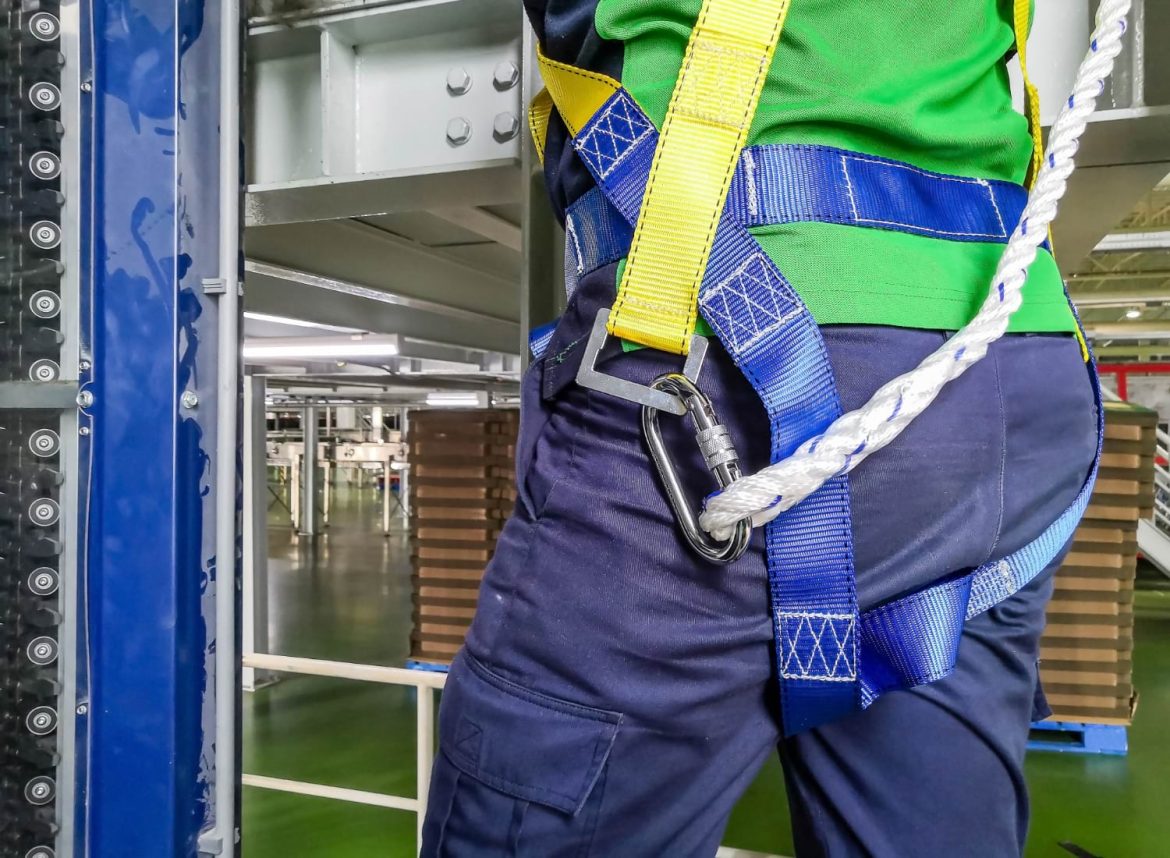Safety measures in the workplace are fundamental to protecting employees from injuries and ensuring the overall well-being of an organization. Employers and workers alike must prioritize implementing and adhering to these measures, especially in industries where physical labor or hazardous conditions are involved.
Work positioning belts are one such safety measure designed for tasks that involve working at heights or in challenging positions. These tools not only minimize the risk of falling but also allow workers to perform their duties effectively. Recognizing the importance of these belts, along with other personal protective equipment (PPE), is vital for employers and workers in a variety of industries.
What is a work positioning belt?
A work positioning belt is a specialized piece of safety equipment used by workers who perform tasks at heights or in positions that require stability and support. It is designed to provide a secure attachment point to anchor the worker, allowing them to use their hands freely while maintaining their position. This belt is not intended as a fall-arrest device but rather as a positioning aid that complements other safety gear.
Work positioning belts are commonly used in industries like construction, telecommunications, forestry, and utilities, where workers are frequently exposed to elevated or precarious environments. The belt typically wraps around the waist and may include leg loops, adjustable straps, and attachment points to enhance its functionality and comfort.

Key features of a high-quality work positioning belt
A high-quality work positioning belt should offer a combination of durability, comfort, and versatility. Some of the key features to look for in a reliable belt include:
- Durable Material: The belt should be made of robust materials such as high-strength nylon or polyester that can withstand wear and tear, exposure to the elements, and heavy loads.
- Adjustability: A good belt should have adjustable straps to ensure a snug and secure fit for different body types and work conditions.
- Attachment Points: High-quality belts feature reinforced D-rings or other attachment points for securing lanyards or ropes. These should comply with industry safety standards.
- Ergonomic Design: Comfort is crucial when wearing the belt for extended periods. Padding and ergonomic shaping can reduce pressure points and improve the user’s experience.
- Lightweight Construction: While durable, the belt should not be excessively heavy, as this can cause fatigue during long working hours.
Industries and applications for work positioning belts
Work positioning belts are indispensable in several industries due to their versatility and safety benefits. Here are some sectors where these belts are extensively used:
- Construction: Workers on scaffolding, rooftops, or steel frameworks rely on positioning belts for stability while performing their tasks.
- Telecommunications: Technicians climbing towers or poles to install or repair equipment benefit from the secure anchoring provided by these belts.
- Forestry: Tree surgeons and arborists use work positioning belts when pruning or felling trees at significant heights.
- Utilities: Linemen repairing power lines or conducting maintenance on utility poles require these belts to work efficiently and safely.
In all these applications, work positioning belts are often used alongside other PPE, such as harnesses, helmets, and gloves, to create a comprehensive safety system.

Proper use and maintenance of work positioning belts
The effectiveness of a work positioning belt depends not only on its quality but also on proper usage and maintenance. Workers must be trained in using the belt correctly, including attaching it to secure anchor points and adjusting it for optimal fit. Misuse, such as relying solely on the belt for fall protection without a proper harness, can lead to accidents.
Regular maintenance is also essential to ensure the belt remains in good condition. Inspections should be conducted before each use to check for signs of wear, fraying, or damage to straps and attachment points. If any issues are detected, the belt should be repaired or replaced immediately. Cleaning the belt according to the manufacturer’s guidelines can also prolong its lifespan and maintain its reliability.




